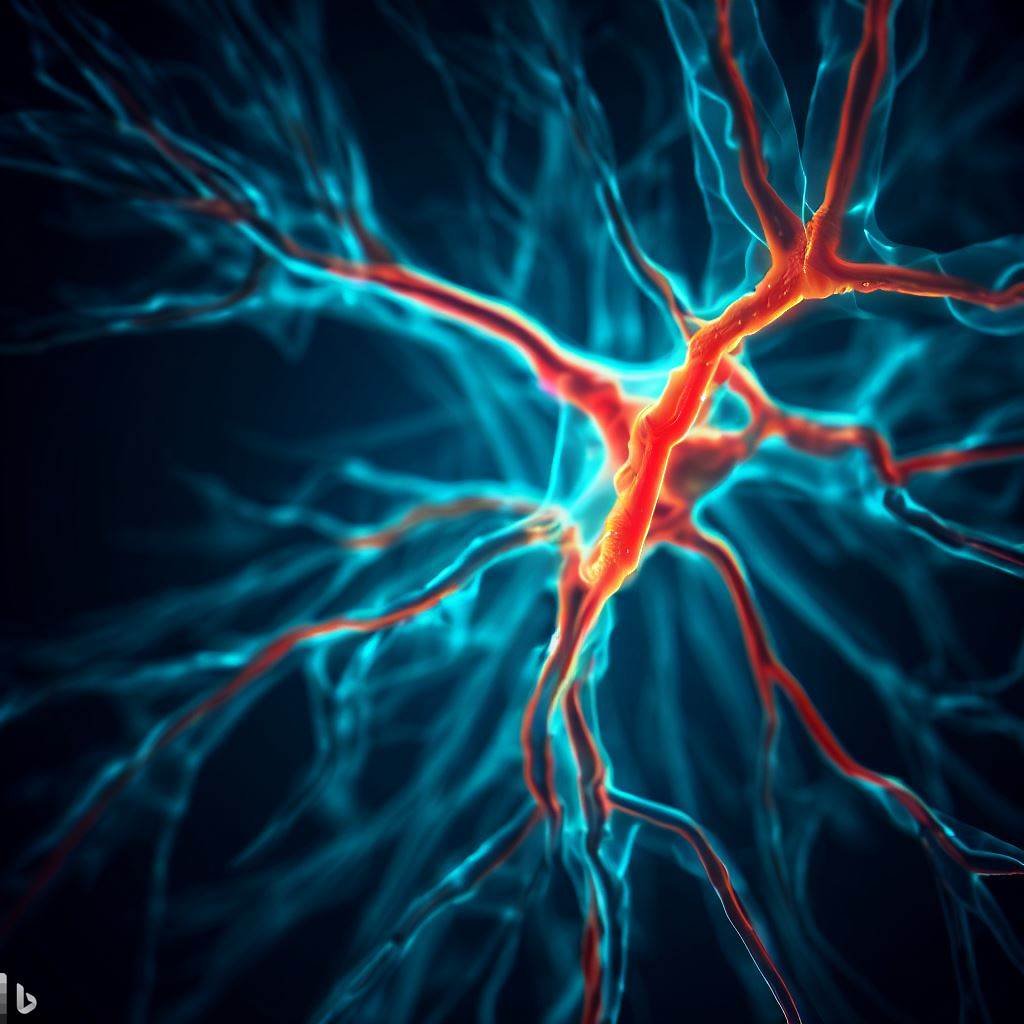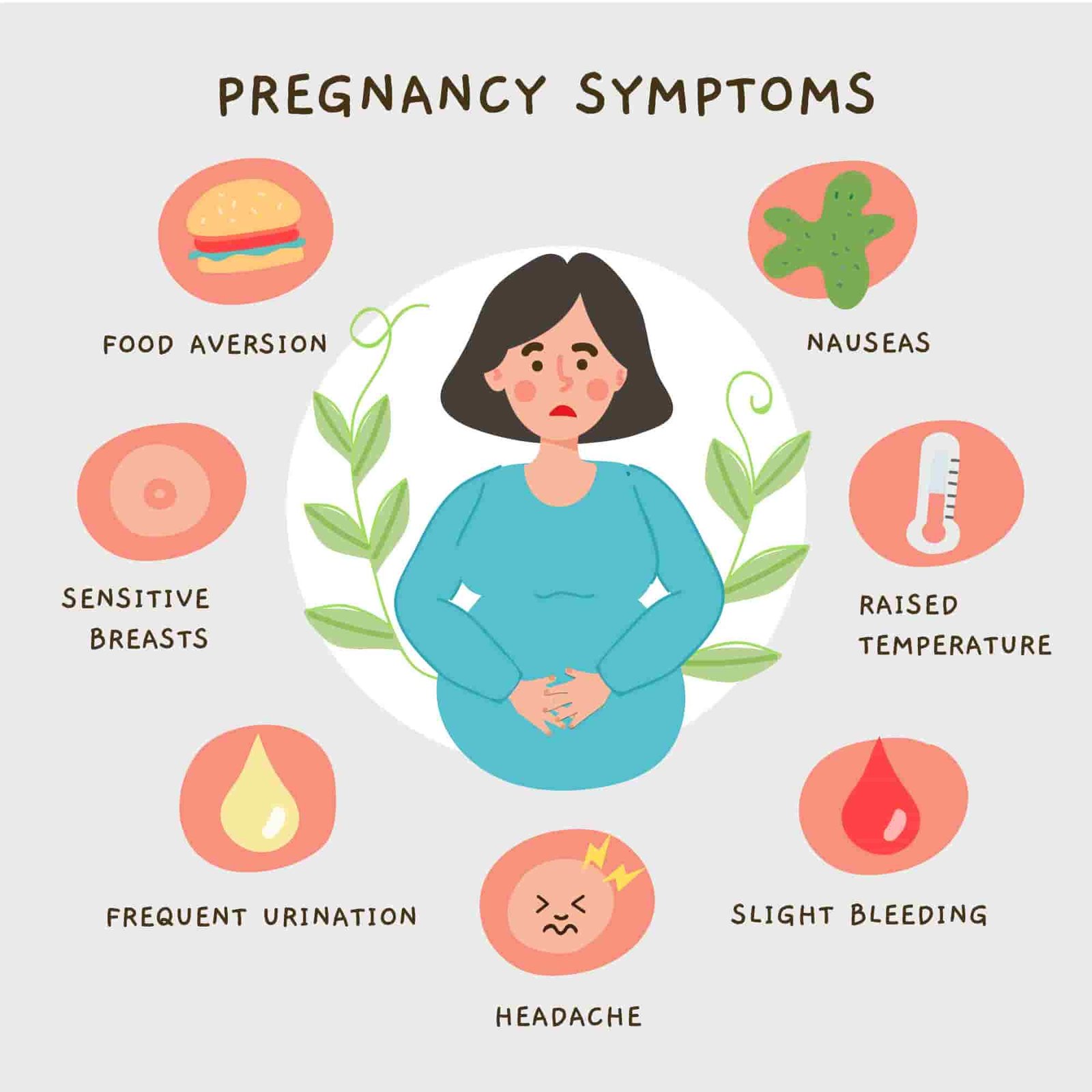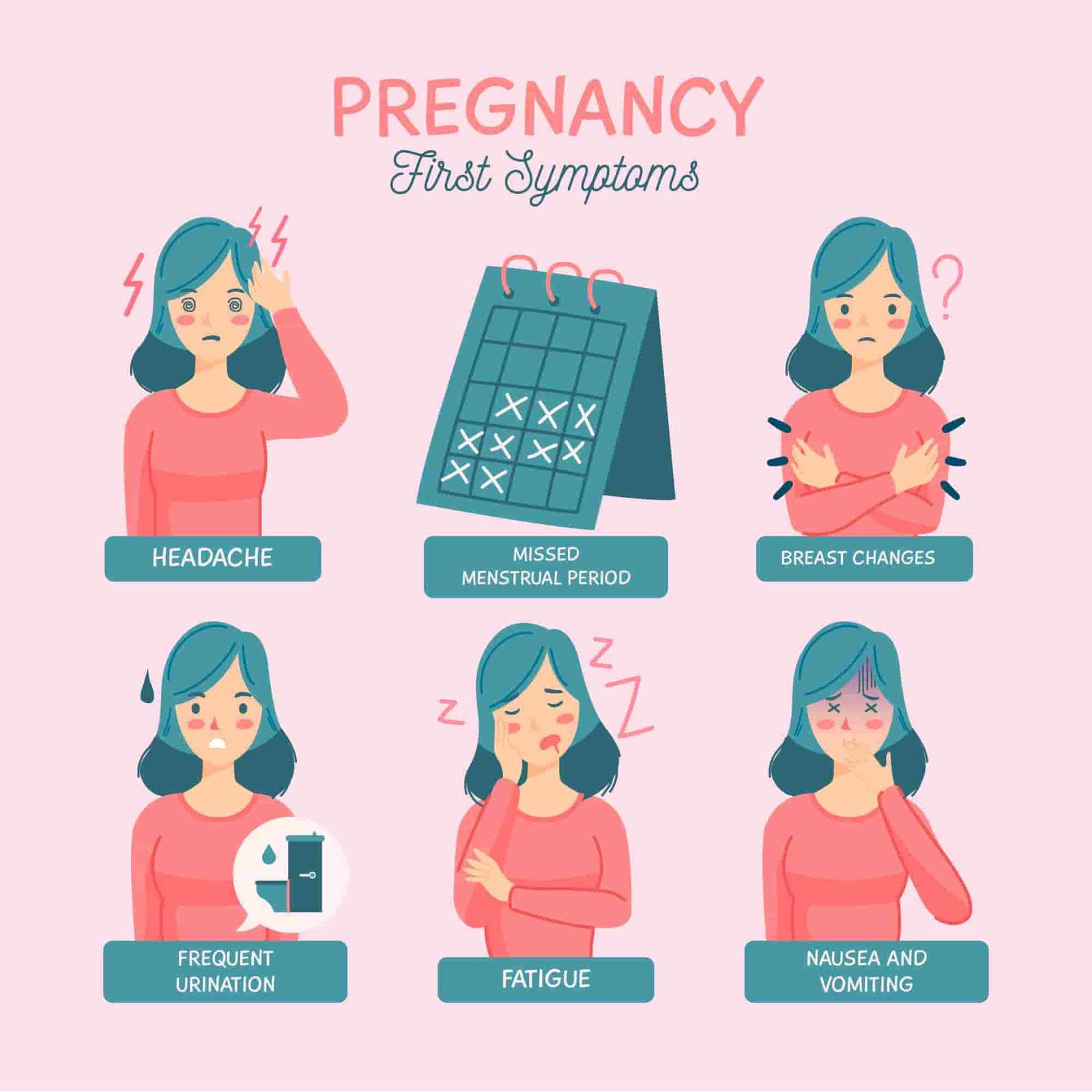Amyotrophic Lateral Sclerosis (ALS), also known as Lou Gehrig’s disease, is a progressive neurodegenerative disease that affects nerve cells in the brain and spinal cord. It causes the gradual loss of muscle control, leading to difficulty in movement, speech, and eventually breathing. ALS is a devastating condition that can affect anyone, regardless of age or gender. In this article, we will discuss the causes, symptoms, and treatment options for ALS.
Causes of ALS:
The exact cause of ALS is still unknown, but studies have shown that genetics may play a role. Researchers have identified several genes that may be associated with ALS, including SOD1, C9ORF72, and FUS. However, not all cases of ALS are hereditary, and the majority of cases occur spontaneously.
Environmental factors such as exposure to toxic substances, viral infections, and traumatic injuries may also contribute to the development of ALS. Some studies have shown a correlation between ALS and certain occupations, such as professional athletes and military personnel.
Symptoms of ALS:
The symptoms of ALS vary from person to person and depend on the stage of the disease. In the early stages, individuals may experience muscle weakness or stiffness, slurred speech, and difficulty swallowing. As the disease progresses, the muscles in the arms, legs, and torso may become paralyzed, making it difficult to move or perform daily tasks.
Other symptoms of ALS include muscle cramps, twitching, and fasciculations (involuntary contractions of muscle fibers). Individuals with ALS may also experience cognitive changes, such as difficulty with memory and decision-making.
Treatment Options for ALS:
Unfortunately, there is no cure for Amyotrophic Lateral Sclerosis , and the disease is generally fatal. However, there are several treatment options that can help manage symptoms and improve quality of life.
One of the main treatments for Amyotrophic Lateral Sclerosis is medication. Riluzole, the first FDA-approved medication for Amyotrophic Lateral Sclerosis , has been shown to slow the progression of the disease and extend survival time. Other medications, such as baclofen and tizanidine, can help relieve muscle stiffness and cramps.
In addition to medication, individuals with Amyotrophic Lateral Sclerosis may benefit from physical therapy, occupational therapy, and speech therapy. These therapies can help maintain muscle strength and improve communication skills.
In some cases, individuals with Amyotrophic Lateral Sclerosis may require assisted ventilation, such as a ventilator or BiPAP machine, to help with breathing. End-of-life care, including hospice care, may also be necessary for individuals with advanced Amyotrophic Lateral Sclerosis .
Amyotrophic Lateral Sclerosis is a devastating disease that affects thousands of individuals every year. While there is no cure for Amyotrophic Lateral Sclerosis , there are several treatment options that can help manage symptoms and improve quality of life. If you or someone you know is experiencing symptoms of Amyotrophic Lateral Sclerosis , it is important to seek medical attention as soon as possible. By working with healthcare professionals, individuals with Amyotrophic Lateral Sclerosis can receive the care and support they need to live a fulfilling life.








